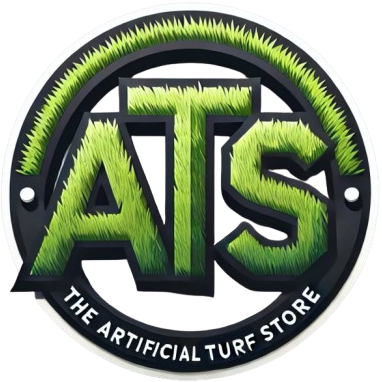An IBISWorld industry report projects that Americans will spend $2.7 billion on artificial grass, an uptick of 1.9% since 2020 but below the highs of nearly $3 billion in 2018 and 2019. While the COVID-19 pandemic has interfered with demand for new grass installations, just as it has reduced demand for goods in many other industries, the market for artificial grass is likely to rebound as the economy recovers.
Artificial grass is made from plastic polymers. The choice of material influences how realistic the grass looks, how durable it is, how thick it is, and how much it costs. The most common materials are nylon, polyethylene, and polypropylene. Each has its advantages and limitations, which can make one more suitable than the others for any particular project.
Nylon
Nylon has been used to make consumer goods since the 1930s. Nylon grass is durable and long-lasting, but its stiffness makes it feel different from natural grass. It is the most expensive of the three main options but also the most durable. The Houston Astros professional baseball team chose nylon to create the iconic AstroTurf in the Houston Astrodome.
Polyethylene
Polyethylene has been in production since World War II, when it was used to make insulation for radar equipment. Since then, it has become one of the world’s most common plastics, used for everything from plastic bottles to piping and medical equipment. Polyethylene is a popular material for artificial grass because of its durability and its natural feel and appearance.
Polypropylene
Polypropylene, like polyethylene, has been a commercially available plastic since the 1950s and is used to make bottles, furniture, and other molded shapes. Polypropylene is less expensive but is thinner and likely to wear out faster.
An IBISWorld industry report projects that Americans will spend $2.7 billion on artificial grass, an uptick of 1.9% since 2020 but below the highs of nearly $3 billion in 2018 and 2019. While the COVID-19 pandemic has interfered with demand for new grass installations, just as it has reduced demand for goods in many other industries, the market for artificial grass is likely to rebound as the economy recovers.
Artificial grass is made from plastic polymers. The choice of material influences how realistic the grass looks, how durable it is, how thick it is, and how much it costs. The most common materials are nylon, polyethylene, and polypropylene. Each has its advantages and limitations, which can make one more suitable than the others for any particular project.
Nylon
Nylon has been used to make consumer goods since the 1930s. Nylon grass is durable and long-lasting, but its stiffness makes it feel different from natural grass. It is the most expensive of the three main options but also the most durable. The Houston Astros professional baseball team chose nylon to create the iconic AstroTurf in the Houston Astrodome.
Polyethylene
Polyethylene has been in production since World War II, when it was used to make insulation for radar equipment. Since then, it has become one of the world’s most common plastics, used for everything from plastic bottles to piping and medical equipment. Polyethylene is a popular material for artificial grass because of its durability and its natural feel and appearance.
Polypropylene
Polypropylene, like polyethylene, has been a commercially available plastic since the 1950s and is used to make bottles, furniture, and other molded shapes. Polypropylene is less expensive but is thinner and likely to wear out faster.
